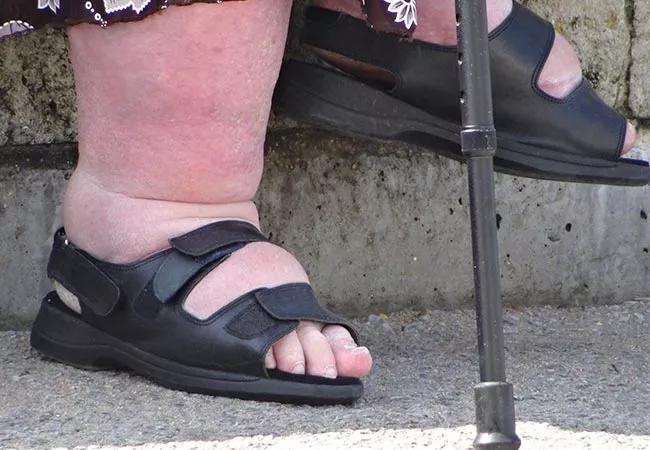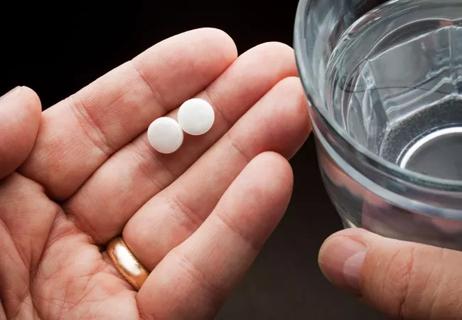Q: Which questions elicit the most information from patients?
A: When taking a history, I typically ask the following:
- Are one or both extremities affected?
Bilateral edema suggests a systemic process. - Where does edema occur?
Does it start at the ankle? Extend above the knee? Affect only the foot? If just an isolated foot is involved, it may indicate soft-tissue inflammation from a crystalline arthropathy or early lymphedema. If lymphedema is present, I determine whether it’s primary, secondary or tertiary. - What is the pattern?
Does the edema worsen over the course of the day as gravity takes effect, and improve with elevation? Or does it remain despite position of the extremity? - What are the triggers?
Does edema occur in the dependent position; in hot, humid weather; with salty foods; or after starting medications? When querying medications, also consider steroid injections. - Do you sleep in bed?
Patients with ongoing edema may think they’re elevating their legs in a recliner or a chair with ottoman. Asking how much time they spend in bed will yield surprising information about insomnia, back pain or difficulty breathing from undiagnosed obstructive sleep apnea. - Are you having discomfort?
This gets a better response than querying patients about pain. Patients with venous insufficiency tend to have tired, aching discomfort and nocturnal leg cramps, and may deny pain. Lymphedema is typically painless, but when pronounced may cause limb heaviness or aching. If pain is present, I determine whether it followed or preceded the swelling. The latter suggests inflammation caused by a fracture, crystalline arthropathy, tendonitis, soft-tissue inflammatory condition or acute Charcot joint. - How do you spend your time?
Are patients quite active, or do they sit at a computer all day? If they are inactive, I try to determine why. Is it because of arthritic pain (in the back, hip, knee or foot), morbid obesity or a progressive neuromuscular disease?
Advertisement
Cleveland Clinic is a non-profit academic medical center. Advertising on our site helps support our mission. We do not endorse non-Cleveland Clinic products or services. Policy
Q: What should a physical examination cover?
The BMI is key because obesity may play a significant role in edema. A full examination with the patient in a gown, lying flat on an exam table, is important to assess for:
- Restrictive breathing issues
- Liver size and pulsatility
- Right- or left-sided heart failure
- Venous flow (using Doppler, the “poor man’s echo”)
- Involvement of the foot or toes (boxing, Stemmer’s sign)
- Primary malleolar and ankle involvement
- Proximal extent and any pitting of edema (palpate the posterior and medial leg, where chronic, poorly pitted edema suggests overuse of chair/recliner)
- Leg measurements (with a tape measure)
Also, observing patients’ gait shows whether the bellows-like calf muscle pump is activated.
Q: What tips can you share about managing edema?
It’s important to distinguish a volume-mediated from a pressure-mediated process. Compression garments will help if pressure is the problem.
Controlling edema prior to fitting patients for compression garments is critical. The products’ comfort, ease of placement and removal, and cost will all factor into patient compliance. Sending a patient off with a prescription without further insight is likely to result in failure and frustration.
A lymphedema specialist or clinic can provide expertise in guiding patients through this process by:
- Assessing the leg’s readiness for stocking measurement/sizing
- Advising on brands to get the best fit
- Reviewing donning techniques prior to purchase
- Assessing fit, edema control and concerns in follow-up appointments
- Discussing options for donning and doffing devices, if necessary
Some patients may prefer Velcro compression garments for their ease of application and ability to help them maintain independence. Other patients may need additional night-time compression, but that decision is best made after consultation with a lymphedema specialist.
Dr. Gilbert, a staff physician in the Department of Vascular Medicine, is also on staff in the Wound Healing Center at Cleveland Clinic’s South Pointe Hospital.








